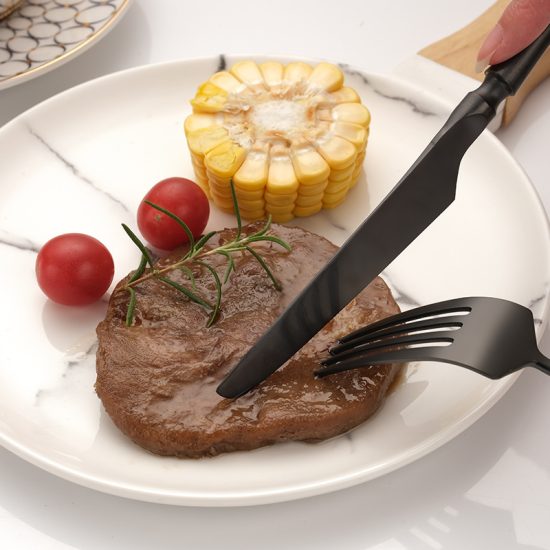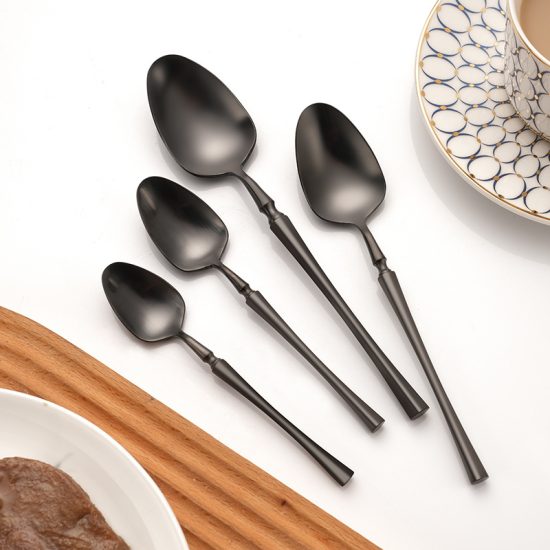Exploring different tableware materials allows you to select options that align with your preferences, style, and practical needs. Here are some common tableware materials and their characteristics:
- Porcelain/Ceramic:
- Porcelain and ceramic are popular choices for tableware due to their elegant and refined appearance.
- They are durable, resistant to scratches and stains, and can withstand high temperatures.
- Porcelain is typically more delicate and translucent, while ceramic tends to be thicker and more opaque.
- Both materials come in a variety of designs, patterns, and colors, making them versatile for various table settings.
- Glass:
- Glass tableware adds a touch of sophistication and elegance to any table setting.
- It is transparent, allowing the food to be showcased, and comes in various shapes and styles.
- Glassware is suitable for both casual and formal occasions and can be paired with different tableware materials.
- It is dishwasher-safe and easy to clean, but glassware may be more fragile and prone to breakage.
- Stainless Steel:
- Stainless steel is a popular choice for cutlery and serving utensils.
- It is highly durable, resistant to rust and corrosion, and can withstand regular use and washing.
- Stainless steel provides a modern and sleek look to table settings and is often used for both casual and formal dining.
- It is relatively lightweight and easy to handle.
- Melamine:
- Melamine is a synthetic material that is commonly used for outdoor and casual dining.
- It is lightweight, durable, and resistant to breaking, making it suitable for picnics, barbecues, and events where you want to avoid using fragile tableware.
- Melamine comes in a wide range of colors and designs, allowing for fun and vibrant table settings.
- It is typically dishwasher-safe and easy to clean.
- Bamboo:
- Bamboo tableware is an eco-friendly and sustainable option.
- It is lightweight, durable, and has a natural and rustic charm.
- Bamboo tableware is often used for casual and outdoor dining, as it is biodegradable and can be composted.
- It requires gentle handwashing and regular oiling to maintain its quality and appearance.
- Stoneware:
- Stoneware is known for its natural and earthy appeal.
- It is durable, chip-resistant, and can withstand high temperatures.
- Stoneware is often glazed to enhance its appearance and make it easier to clean.
- It comes in various colors and finishes, from rustic to modern styles.
- Wood:
- Wooden tableware, such as bowls, serving trays, and cutting boards, brings warmth and a natural aesthetic to the table.
- It is durable and can add a rustic or organic touch to the overall table setting.
- Wooden tableware requires specific care, including handwashing, regular oiling, and avoiding exposure to extreme heat or prolonged moisture.
When selecting tableware materials, consider factors such as the occasion, style preference, durability, ease of maintenance, and compatibility with your dining habits. It’s also important to follow the manufacturer’s instructions for care and maintenance to ensure the longevity and quality of your tableware.


